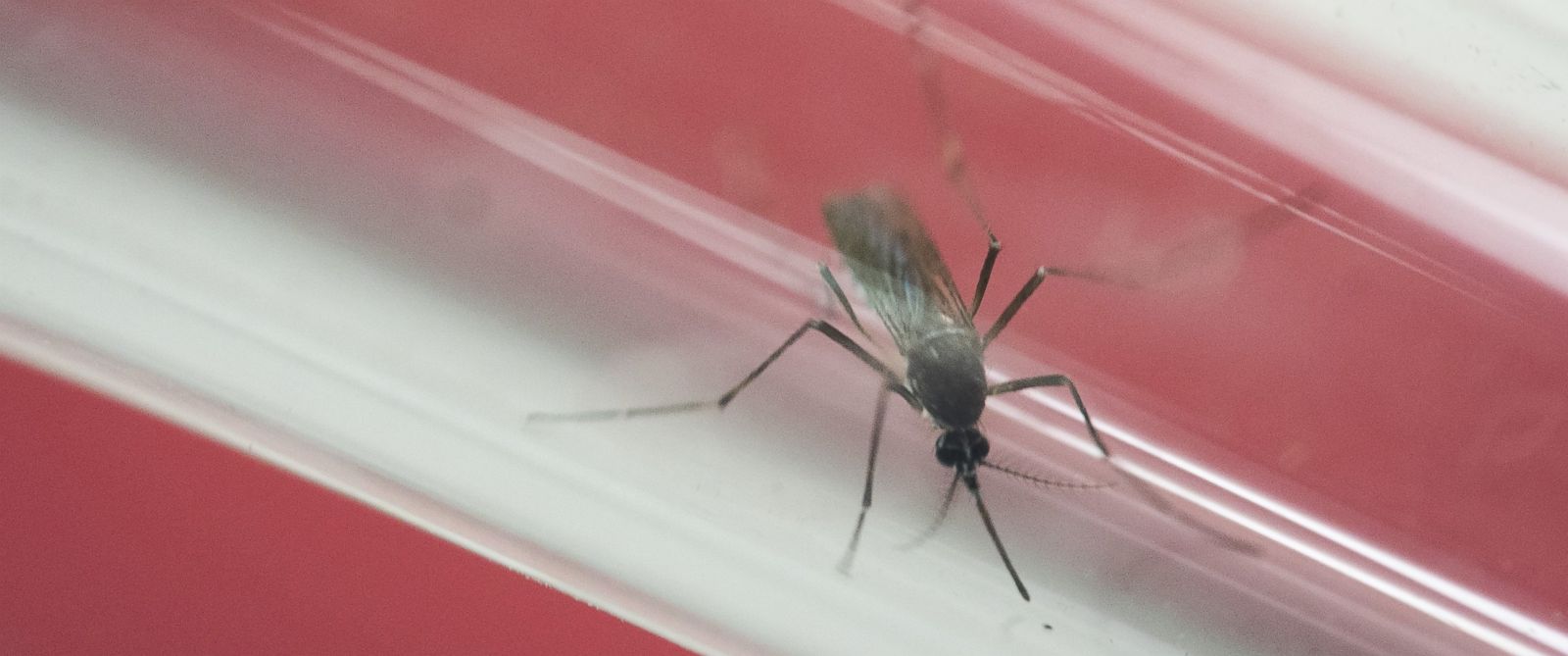THINK potatoes make you fat or dairy bloats you?
Here are 5 foods you might be avoiding but shouldn’t.
NUTS
Yes, nuts are packed with fat (containing as many kilojoules as small packet of potato crisps), but despite what many people believe, eating nuts regularly can actually help to keep your weight in check.
Experts believe this is because the body doesn’t actually absorb all the fat in the nuts, so the energy contribution of nuts is actually less than predicted by calorie calculations.
Besides, nuts also have a high fibre and protein count — a combination that helps to satisfy hunger and reduce appetite.
So, just like fruits and vegetables, eating nuts, is a daily “must do”.
DAIRY
A glass of milk, slab of cheese or tub of yoghurt does more for your body than just keep your skeleton strong, it may also keep your weight in check.
In fact, for people looking to slim down, including three to four serves of dairy, as part of a calorie-controlled diet can actually help accelerate fat loss, particularly from the midsection.
This is likely because calcium can reduce the amount of dietary fat absorbed by the body.

Some milk every day keeps the weight at bay.Source:istock
Full cream or skim? This really depends on your taste preference and health goals.
If you eat plenty of fruits, vegetables, wholegrains, nuts and minimal processed foods, then a splash of full cream milk on your cereal and a latte is unlikely to cause harm, but for those who are at risk of heart disease, it still makes sense to choose low or reduced fat options — just watch the added sugar.
EGGS
While it’s true that egg yolks have a lot of cholesterol, we now know dietary cholesterol (found in eggs) is not a culprit for raising your blood cholesterol levels. Instead, it’s the level of saturated fat in your diet, rather than the cholesterol, that has the greater impact.
FYI: eggs are actually very low in saturated fat. You can happily enjoy up to six eggs a week. So get cracking.
POTATOES
In a carb-phobic nation, the humble spud often is the first to get the flick.
Granted, white potatoes have a high GI — meaning they’re fast to digest causing rapid spikes in insulin and blood sugar — this doesn’t mean we should ditch this vegetable altogether.
Potatoes are a good source of vitamin C and dietary fibre, and can be enjoyed as part of balanced meal (cooked in healthy fats), together with other vegetables and lean sources of protein. Just skip the fried version and crisps.

It’s time to stop avoiding these little beauties. Picture: Taste.com.au/Guy BaileySource:Supplied
FRUIT
In an effort to curb the sugar, cutting fruit from your diet is a lousy idea. The health benefits of eating fresh fruit outweigh any disadvantages posed by it sugar content (despite what anti-sugar crusaders have you believe) — hence why cutting fruit is not recommended for those wanting to cut down on sugar (or fructose).
Choose whole pieces of fruit over fruit juice so you benefit from all its fibre and disease-fighting antioxidants.
Original post found here:












